Junior Cycle Teacher Resources
Change on Henrietta Street
Syllabus links:
- Recognising Key Change
- Key changes/ developments in the domains of politics and international relations
- Impact of settlement and land ownership on ideas of identity
- Role of significant individuals as agents of change
Henrietta Street was built in the mid 18th century, almost 300 years ago, when Ireland was still part of the British Empire.
The street changed significantly over the years, as a result of the actions of certain people, and wider events happening in Ireland and across the world. As the street changed, the identity of the people who lived there also changed. This section looks at what these changes were, and why they happened, from the creation of Henrietta Street in the 18th century, up until the mid 20th century.
Before 1800: The Georgian Beginnings of Henrietta Street
The period from 1714 to the 1830s is known as the Georgian period. For most of this time, Dublin was known as the ‘second city of the British Empire’, and had the second highest population of any city in the Empire, after London. Because of its status, Dublin was especially popular with aristocrats and the powerful elite. Many exclusive neighbourhoods were built during this time such as Mountjoy Square and Merrion Square.
Henrietta Street was built in the mid 18th century, on land owned by Luke Gardiner, and quickly became Dublin’s most exclusive address. In its first thirty years, Henrietta Street was home to six titled residents, two army generals, three archbishops, two speakers of the House of Commons and the Lord Chancellor of Ireland.
These high-class town houses were social settings and political arenas, the scenes of parties and politics. Almost all of the Georgian residents of Henrietta Street were involved in politics or law, from MPs and Lords to powerful churchmen.
We know very little about the people who built Henrietta Street - but it is possible to find clues about the lives of these people who built houses for the rich and powerful. During renovation works a few years ago, oyster shells were found beneath the floorboards of 14 Henrietta Street. Oysters were a popular snack in Georgian Dublin as they were cheap and easy to obtain. They could have been the discarded remains of lunch, belonging to the workmen who originally put down the floorboards in 14 Henrietta Street nearly 300 years ago.
Luke Gardiner (a.1690 - 1755)
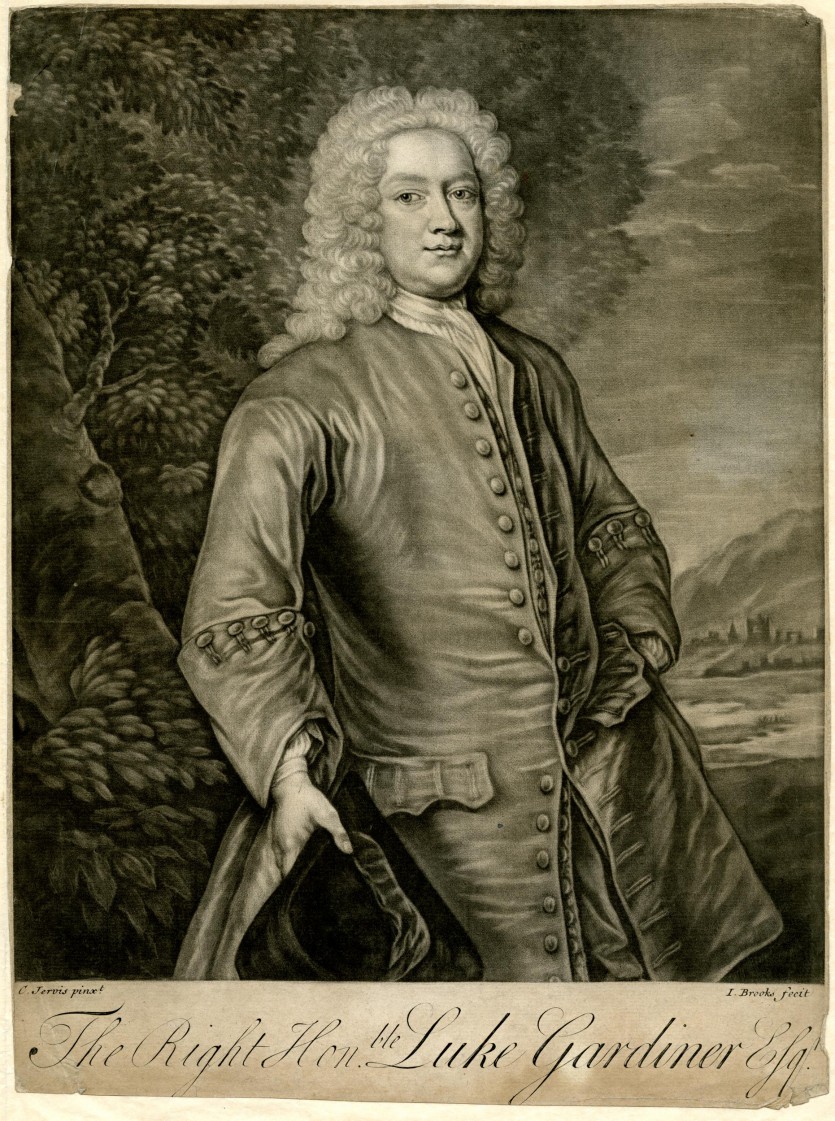
Henrietta Street was designed by Luke Gardiner. We know very little about Gardiner’s early life, origins or parentage, but he is believed to be a native of Dublin City. He became one of the most successful and wealthiest men in Ireland. He was an MP, a banker and as a property developer he shaped the face of the northside of Dublin. He developed Gardiner St, Mountjoy Square, Marlborough Street, and for Ireland’s elite and powerful he created Henrietta Street.
The street was named for Henrietta, Duchess of Grafton whose husband was Lord Lieutenant of Ireland at the time.
Viscount General Richard Molesworth (1680 - 1758)
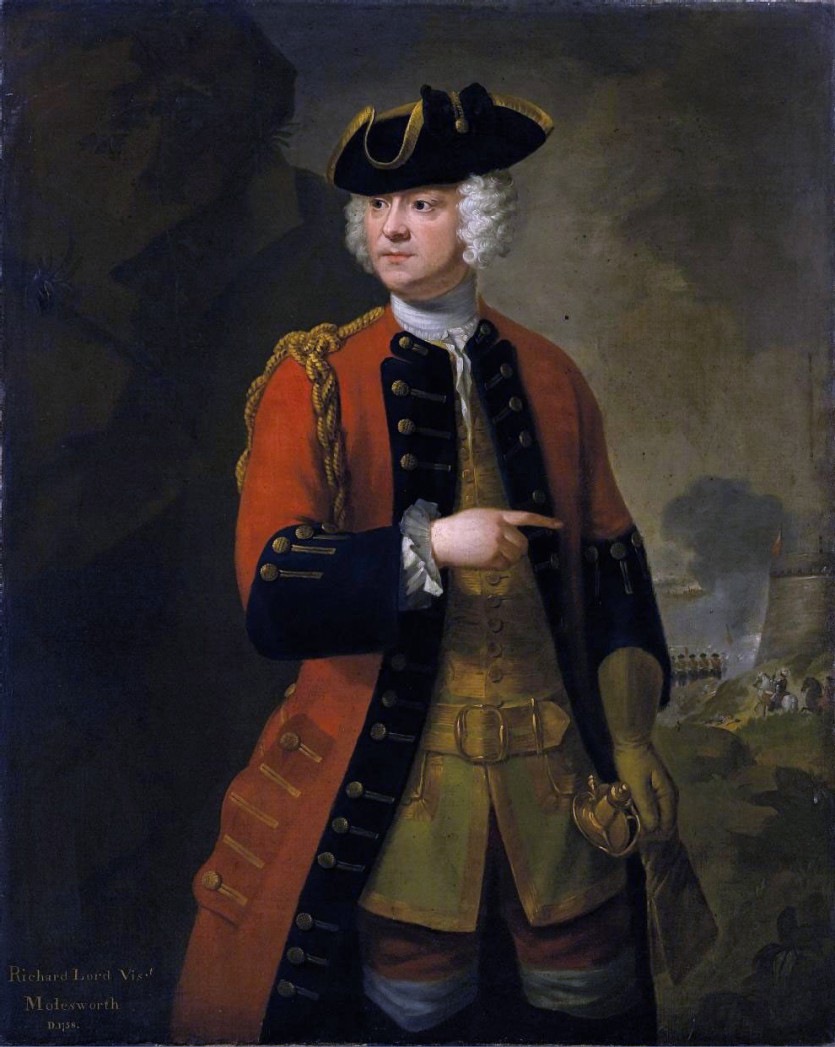
Lived in 14 Henrietta Street: 1751 - 1758
The first family to occupy 14 Henrietta Street was the Molesworths: Viscount General Richard Molesworth of Swords and his second wife Mary. Richard Molesworth had a distinguished military career and led his regiments at the Battles of Blenheim (1704) and Ramillies (1706) during the War of the Spanish Succession. He was appointed Commander-in-Chief of the Royal Irish Army in 1751.
1800 - 1876: Lawyers and Soldiers
In 1801, The Act of Union was passed by parliament, creating the United Kingdom of Great Britain and Ireland. This meant that political decisions were made in London, and Dublin was no longer the ‘second city’ of the British Empire. The aristocracy moved away, and many fashionable Dublin streets fell out of use.
This period saw the rise of the professional middle classes such as doctors and lawyers. Some of the previously fashionable Georgian buildings became derelict, others adapted and became offices and housing. At the top of Henrietta Street is the King’s Inns, where lawyers and barristers trained. This local centre of study meant that many people involved in the law lived and worked on Henrietta Street. From 1800 until the 1840s 14 Henrietta Street was the home and office of solicitors.
The Great Famine of 1845-49 caused many large country estates to become bankrupt. In 1849 The Encumbered Estates Court was established at 14 Henrietta Street to sell and settle the debts of these huge estates. The coach house at the back of the building was turned into a courtroom.
A description of 14 Henrietta Street from the 1850s, when it was the Encumbered Estates Court:
The court was held in “one of the houses in Henrietta Street- a small and quiet, but handsome street in the extreme north of the city of Dublin”. The courtroom in the coach house at the back of number 14 was a “large, chilly-looking room, without a ceiling between the roof and the floor, furnished with some rows of seats for the public, a small table covered with green cloth for the bar and the attorneys, and an elevated bench unadorned even with the royal arms, for the commissioners”.
1860: An advertisement for General Engineering, Geological Survey and Valuation Office
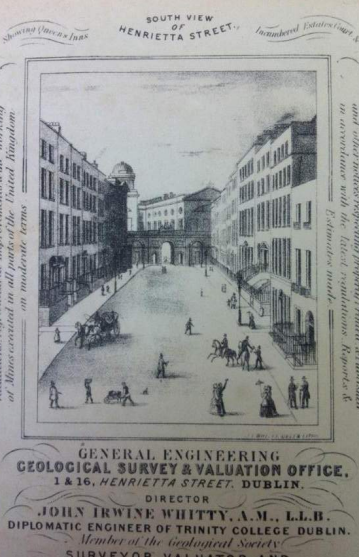
1876 - 1911: The Tenements
The Great Famine led to even greater changes on Henrietta Street. During this time, many people moved from the countryside to cities to look for work and food. Some landlords saw an opportunity to make money from this new demand for housing, and bought huge Georgian houses like 14 Henrietta Street to convert them into homes for many families.
The large rooms were split into smaller rooms with partitions that only reached halfway up the walls. We can still see evidence of these partitions in 14 Henrietta Street today.
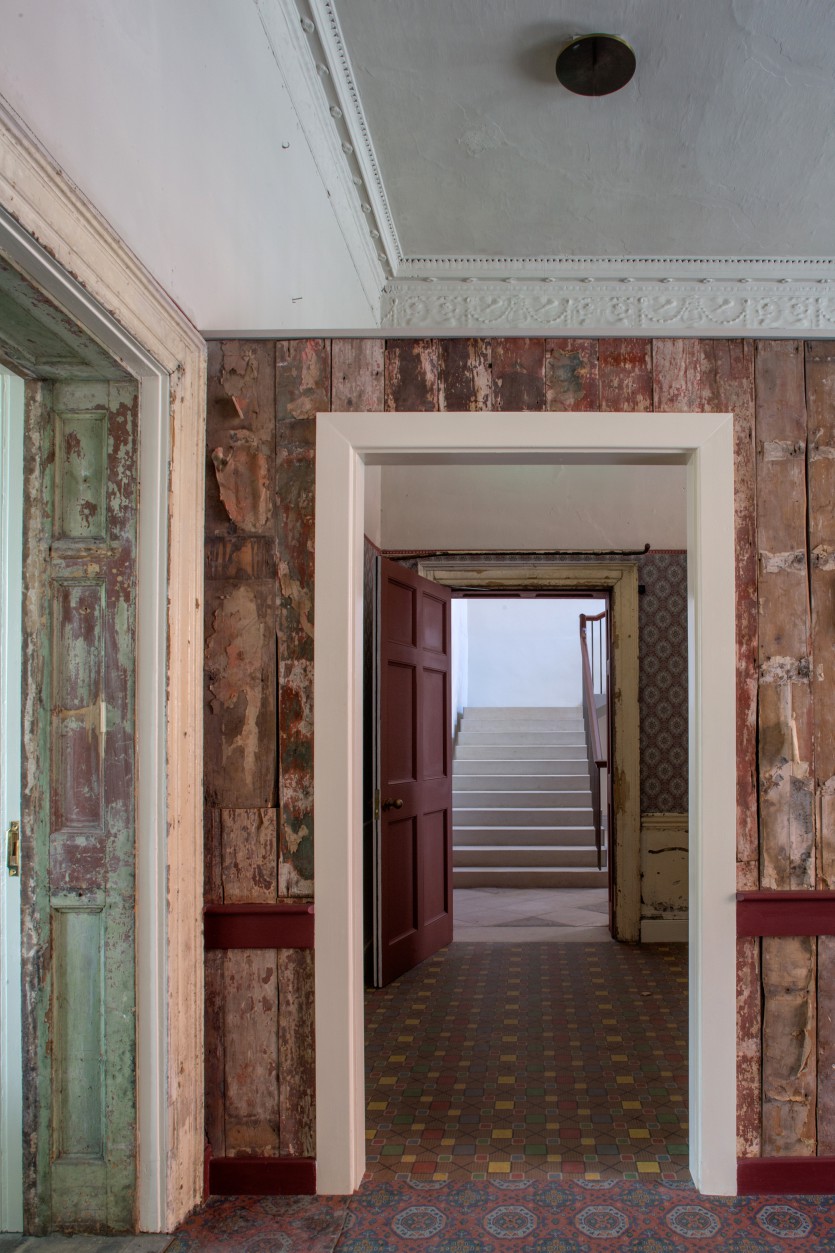
The people who lived in these buildings shared a toilet and water supply. These buildings became known as tenements.
From the 1860s a number of the houses on Henrietta Street had been converted into these tenement buildings. In 1876, Thomas Vance of Blackrock in Co. Dublin bought number 14 Henrietta Street with the intention of turning it into a tenement with fourteen flats. He removed the marble chimneys and mahogany doors of the grand Georgian period and sold them at auction. He removed the grand staircase to fit in more rooms, and the former servants stairs became the communal staircase. He installed two toilets.
Over the next few decades, 14 Henrietta Street and other tenements across Dublin became home to huge numbers of working people and the poor. In the 1911 census over 100 people lived in 14 Henrietta Street, the house built for one family in the 1700s.
1877: An Irish Times advert for accommodation in 14 Henrietta Street:
"To be let to respectable families in a large house, Northside, recently papered, painted and filled up with every modern sanitary improvement, gas and wc on landings, Vartry Water, drying yard and a range with oven for each tenant; a large coachhouse, or workshop with apartments, to be let at the rere. Apply to the caretaker, 14 Henrietta St."
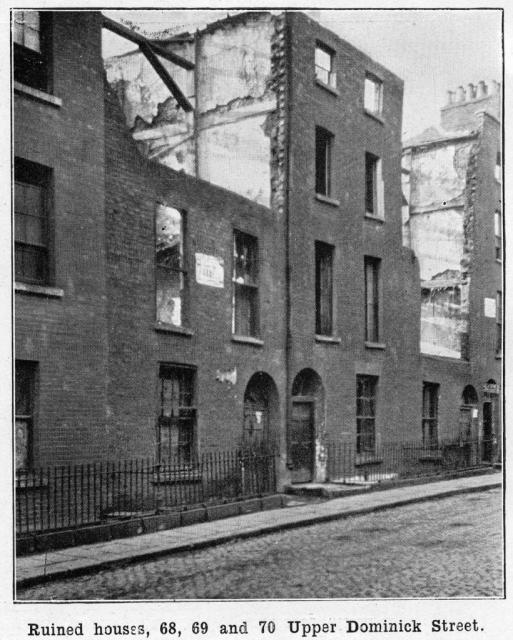
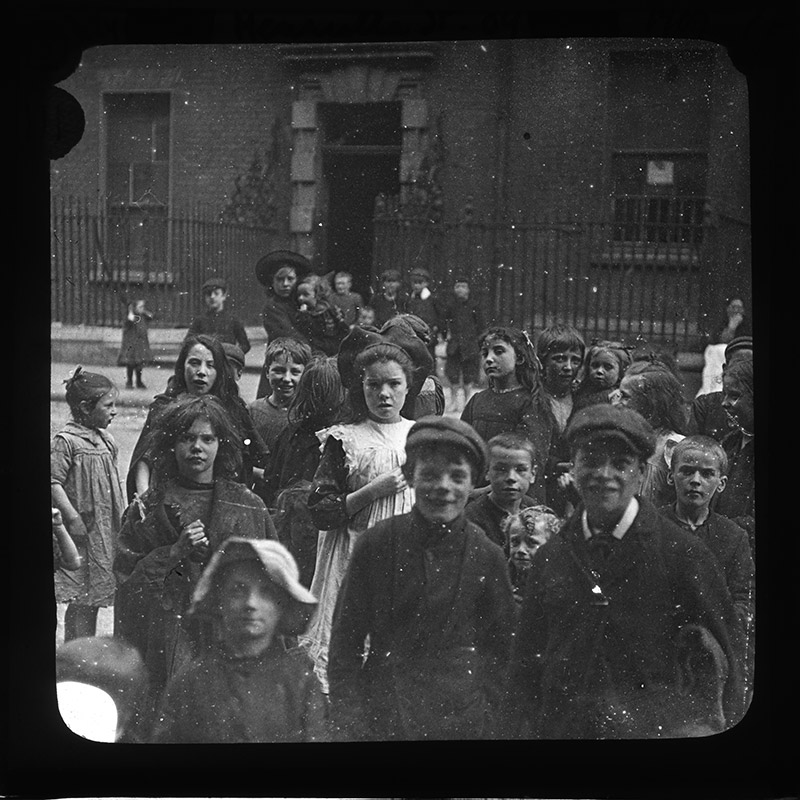
 ShopBook Now
ShopBook Now